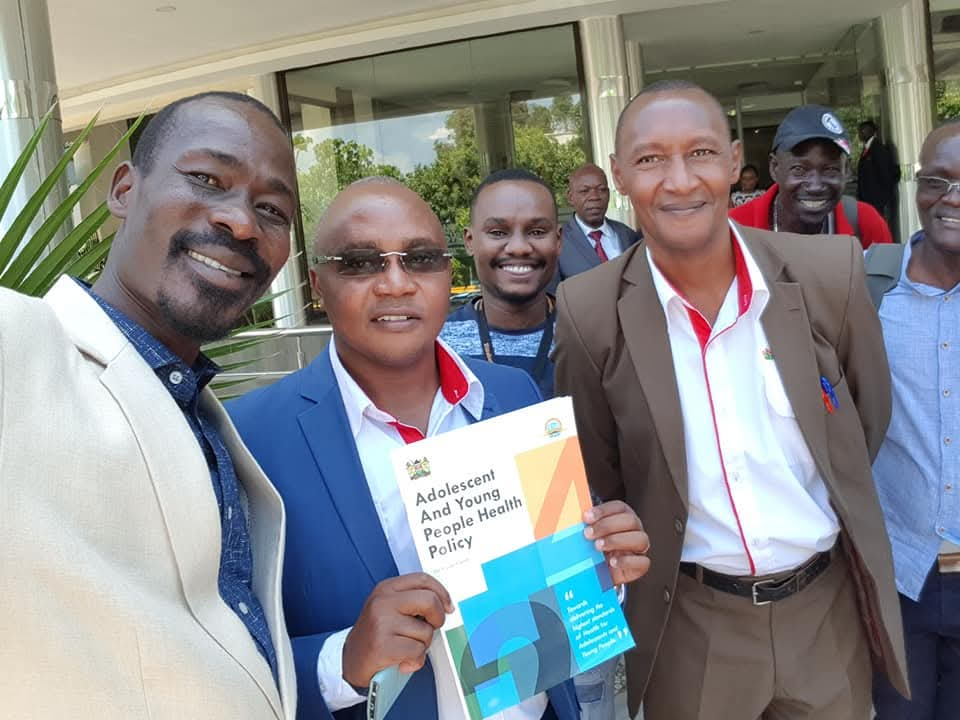|
Getting your Trinity Audio player ready...
|
By Ann Mikia
Nairobi, Kenya: The recent HIV Research for HIV Prevention conference in Peru focused on the community as an essential part of the research. According to Prof Nelly Mugo, products targeting pregnancy prevention, HIV, and other sexually transmitted infections were discussed. “All these are very important to our countries since we have a large burden of all these diseases,” the Prof. told a cross-border science café held in Nairobi.
Jerop Limo is an executive director of the Ambassador for Youth and Adolescent Reproductive Health Program (AYARHEP). What stood out for Jerop at the Conference, were the community voices given that they are the end users of the prevention products available. “In every panel, there was a community perspective talking about community-led research, what young women want, what adolescent girls are interested in when it comes to these products”.

The conference discussed the various Human Immuno-deficiency virus (HIV) prevention products which participants like Jerop were happy with. “Their products are coming to provide an array of options for diverse women with diverse needs. If they don’t want a condom they can go for the dapivirine ring, if they don’t want the ring they can go for the long-acting injectable prep or even the oral prep” says Jerop.
Jerop had a presentation at the Peru Conference on social determinants of health. “There is a huge focus around biomedical stuff whereas more focus should be on poverty, lack of education, lack of jobs which are all basic and put the young people at risk of acquiring HIV,” she said.
Jerop also spoke about the prevention needs of adolescent girls. “What do they need? What do they like? Is it discreet products or event-driven PrEP? Short-term products or long-term ones? So I just gave an overview of what the girls want for HIV prevention and what developers should think about when targeting such a population.” In case you are wondering what event-driven PrEP means, the World Health Organization defines event-driven PrEP to mean taking PrEP pills not every day but around the time of possible exposure to HIV.
Messaging on HIV prevention has previously been stigmatizing since HIV was reported. Some adverts on the use of condoms seemed to be promiscuous or people with multiple partners also referred to as “most at risk populations” consisting of sex workers, men who have sex with men, and injecting drug users. Besides this, there is the societal perception of women and sex. Jerop says “When women have different sexual partners, they are viewed as prostitutes but this is never the case when men have multiple partners as they are lauded as ‘real men’ for having multiple partners.”
The Peru Conference discussed pleasure-based HIV prevention messaging as opposed to stigma messaging as has been the case time immemorial. This refers to running messages that portray sex as something good and sensitize audiences on the importance of protecting themselves from unwanted pregnancies and sexually transmitted infections as they enjoy life.
The HIV prevention products work if users adhere to their use. So much has changed in society today, and relationships don’t last long. Job Akuno, who is a national adolescent HIV expert says “Issues around stigma on products remain though it’s not a barrier for the young people. They are likely to have four or more partners a month and their use of condoms is likely to happen during the initial contact and when there is repeated contact then the usage is likely to reduce because they develop trust very fast.”
Even though there is no known cure for HIV, there is so much progress in curbing the spread of the virus. According to the World Health Organization effective HIV treatment reduces the amount of HIV in body fluids. Once the amount of HIV in body fluids is reduced to an ‘undetectable’ level, HIV cannot be passed on during sex. This is what is meant by the slogan ‘Undetectable equals Untransmittable’ (U=U’)
According to the United Nations Programme on HIV/AIDS (UNAIDS), in 2022, in sub-Saharan Africa, women and girls (of all ages) accounted for 63% of all new HIV infections.
There has been so much talk about the young generation and the saying that ‘they fear pregnancy more than HIV’. I asked Jerop whether this was true. “Yes, it’s true because pregnancy is seen. People will see and everyone will see and know you had unprotected sex but HIV is not visible. Young people will go to whatever extent to get rid of a pregnancy but may say, for HIV ‘utameza tu dawa’ (you will just swallow medicine).
Job agrees we are living in different times and convincing young people that they should fear HIV just as they fear pregnancy is a huge task. “The young people have seen some of their friends live with the virus since they were born twenty or thirty years and appreciate that one can live with the virus for life. People frown about pregnancy and everyone gets to know you are pregnant but one’s HIV status tends to be private.”
By Ann Mikia, annmikia@gmail.com














